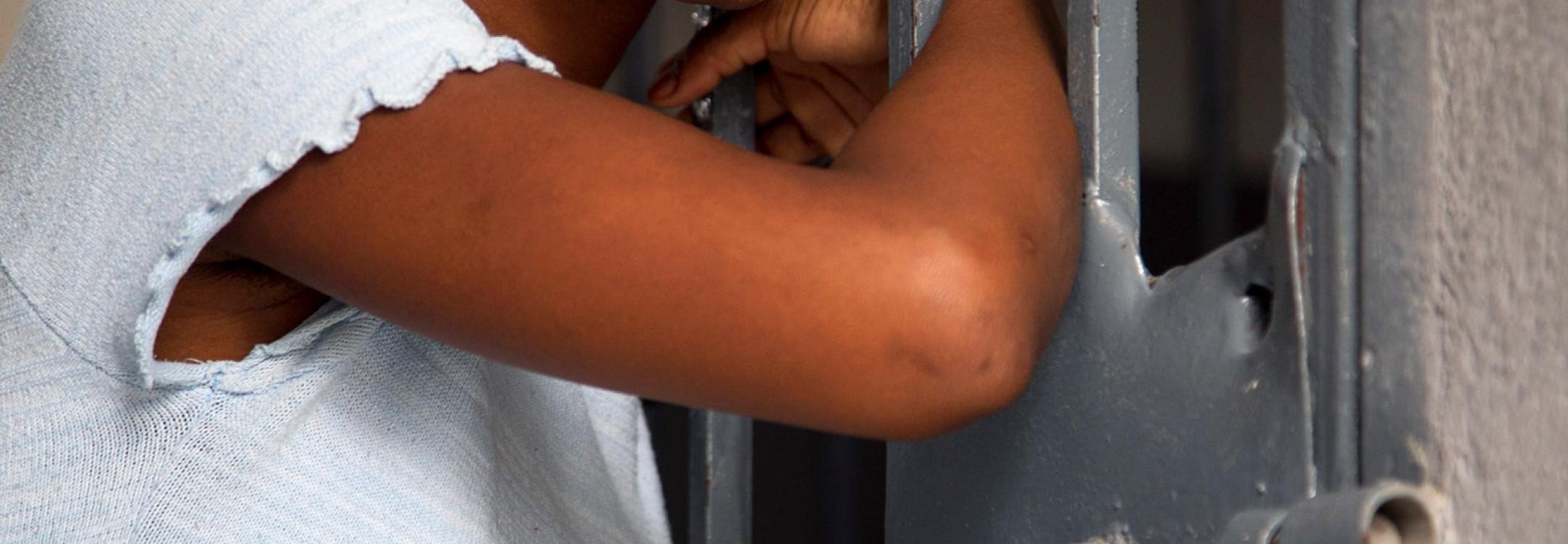
Women represent only a small percentage of detainees, which makes them particularly vulnerable in a detention environment. For many women with history of victimisation or caretaking responsibilities, detention is not an appropriate response and gender-sensitive, non-custodial alternatives to detention should be implemented.
The motivations for women’s criminal behaviour and their pathways into criminal justice systems are often distinct from those of men. Many women enter places of detention after having experienced entrenched institutionalized societal discrimination and other obstacles to accessing justice, including poverty. Many women in the criminal justice system are low-income, minority single mothers, victims of domestic violence and abuse, or suffer from mental health problems, substance dependencies and overall poor states of health. A large number were victims of intimate partner or non-partner violence before detention, and are at risk of revictimisation during arrest and incarceration.
Prison and other detention institutions are generally perceived as a male universe and make very little provision for the specific needs of women.
Authorities have a duty to protect women detainees against all forms of physical or psychological violence and abuse by staff and other inmates. They must also ensure the protection of their rights by providing adequate facilities to meet their needs, such as appropriate health care services and access to medical specialists (e.g., a gynaecologist).
The fact that women detainees form a minority of the total incarcerated population is also reflected in detention infrastructures that are sometimes inadequate, few in number, and located far from their families. This is particularly problematic for women with children. Special arrangements should be made that take into account the best interests of the child. Authorities also need to ensure the welfare of pregnant detainees and detained mothers accompanied by young children.
While women in general find themselves in a situation of particular vulnerability once incarcerated, some women detainees, such as those from ethnic minority groups, women with disabilities, or lesbians, face an especially high risk of abuse or discrimination.
Gender-based violence
The most extreme form of discrimination faced by women is gender-based violence - violence that is directed against a woman because she is a woman or that affects women disproportionately. Gender-based violence amounts to ill-treatment and, depending on the circumstances and nature of the violence, to torture. One of the gravest forms of gender based violence is rape. Other forms of custodial violence include threats of rape, touching, insults and humiliations of a sexual nature, mechanical restraints on women in labour and virginity testing.
What we do
We have developed tools to support detention monitoring bodies understand and account for the specific needs of women in detention in their work. We also advocate for greater awareness at the national and international level by engaging with national authorities, civil society, international organisations and the public.